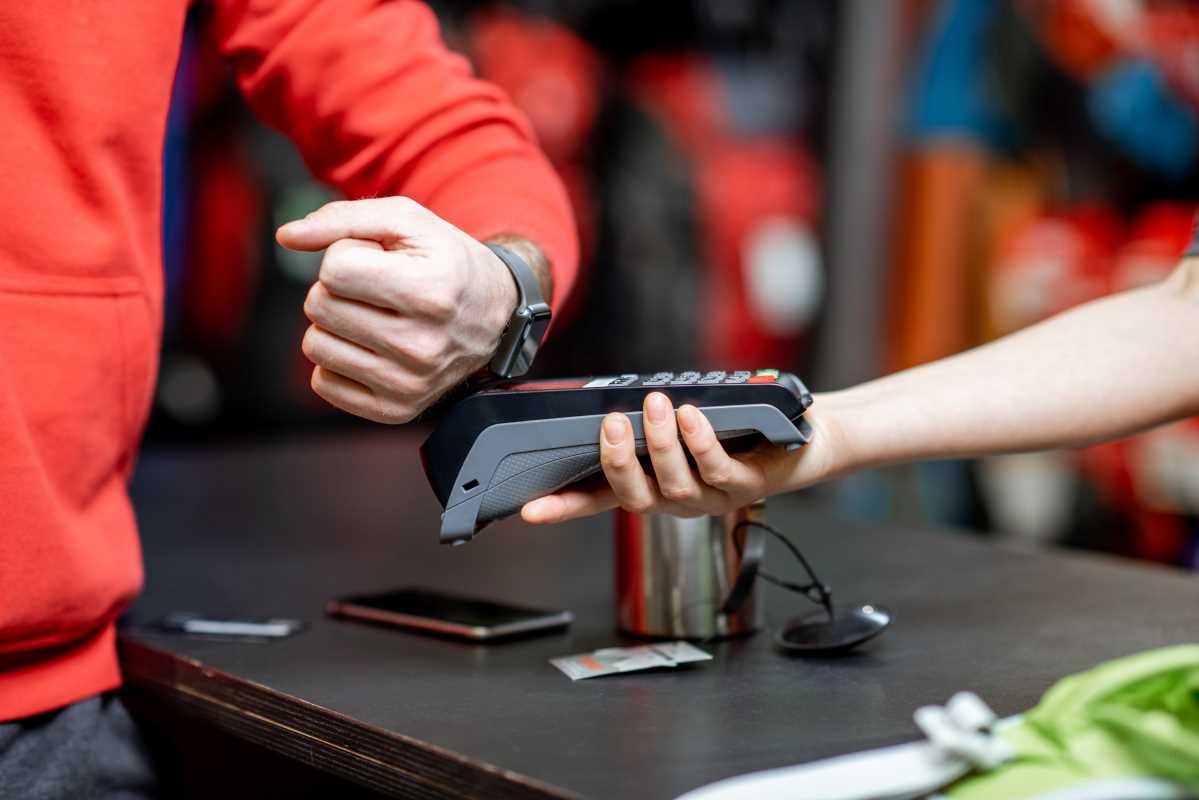In recent years, mobile banking has become an essential tool for people worldwide, simplifying various aspects of managing finances. One of the most significant benefits mobile banking offers is the ease with which individuals can transfer money. Whether it's sending funds to family, paying for services, or making purchases, mobile banking apps have revolutionized the way people transfer money, making it faster, safer, and more accessible. This article explores how mobile banking simplifies money transfers, highlighting the convenience, security, and innovation of using mobile banking apps for financial transactions.
Faster Transactions with Instant Transfers
One of the primary advantages of mobile banking for money transfers is speed. Traditionally, transferring money from one bank to another, especially across borders, could take days or even weeks. However, mobile banking has streamlined this process, allowing users to send money within seconds. Many banks and financial apps now offer instant transfer services, particularly useful for urgent transactions.
For instance, services like Zelle, Venmo, and PayPal have made it possible to send money to friends, family, or businesses almost instantaneously, regardless of where the recipient is located. This is especially beneficial for those who need to transfer money quickly, such as in emergencies or for time-sensitive payments like bills or invoices. The convenience of instant transfers has made mobile banking apps the go-to choice for many individuals and businesses who need to move money efficiently.
Global Reach and Cross-Border Transfers
Mobile banking has also simplified international money transfers. Sending money across borders traditionally involved going through banks, which often charged high fees and took multiple business days to process the transaction. Now, with mobile banking, international transfers are more straightforward and less costly.
Applications such as Wise (formerly TransferWise), Revolut, and WorldRemit allow users to transfer money internationally with lower fees than traditional banks. These services offer competitive exchange rates and faster transfers, which is a major benefit for people who send money abroad to family or business partners. The ability to complete global transfers through an easy-to-use mobile app has revolutionized how people manage their international finances, offering greater convenience and better value for money.
Enhanced Accessibility for Users
Mobile banking is faster and more accessible, particularly for those who may not have easy access to traditional banking services. In many parts of the world, especially in rural or underserved areas, physical bank branches may be scarce or difficult to reach. Mobile banking apps have bridged this gap, allowing people to transfer money without needing to go to a bank.
In developing countries, mobile money services like M-Pesa in Kenya have seen widespread adoption. M-Pesa allows users to transfer funds via their mobile phones, even without an internet connection, making financial services accessible to people in remote areas. This service has helped millions of individuals gain access to financial transactions, including the ability to send and receive money, pay for goods and services, and even save money securely. The accessibility of mobile banking apps allows users from various socio-economic backgrounds to transfer money easily, regardless of their location or income. This inclusivity has made mobile banking a critical tool in financial inclusion worldwide.
Simplified User Experience
Another way mobile banking has simplified money transfers is by providing a user-friendly experience. Traditional banking processes often involved navigating complex paperwork, waiting in long queues at physical branches, or dealing with cumbersome transfer procedures. In contrast, mobile banking apps are designed with ease of use in mind, offering intuitive interfaces that guide users through each step of the transfer process.
Most mobile banking apps allow users to send money with just a few taps. The user simply selects the recipient, enters the amount, and confirms the transaction. In many cases, the app automatically retrieves payment information from the user's contacts or previous transactions, further simplifying the process. These apps offer tutorials and customer support for users unfamiliar with online banking to assist with any questions or concerns.
The ability to send money using a smartphone without needing to visit a bank or use a computer has made financial transactions more seamless and integrated into everyday life. This ease of use is one of the key reasons mobile banking apps have gained so much popularity among individuals of all ages.
Security Features to Safeguard Transactions
Security is a top concern when it comes to money transfers, and mobile banking apps are constantly evolving to provide robust protection for users. In traditional banking, physical visits to the bank or using checks can sometimes expose individuals to theft or fraud. With mobile banking, encryption and multi-factor authentication (MFA) have made it more difficult for unauthorized users to access funds.
Most mobile banking apps use encryption to protect sensitive data, ensuring that both the sender's and recipient's information is safe. Biometric authentication, such as facial recognition or fingerprint scanning, adds another layer of security. This ensures that only authorized users can access their accounts and initiate transactions. Some apps also offer the ability to lock or freeze accounts instantly if suspicious activity is detected, providing users with peace of mind when it comes to their financial security.
Mobile banking apps provide real-time notifications of transactions, allowing users to monitor activity and immediately detect any unauthorized transfers. This proactive approach to security has made mobile banking one of the safest ways to manage money.
Automated Transfers and Bill Payments
Mobile banking apps also simplify the process of making recurring payments. Setting up automatic transfers for bills, subscriptions, or savings can save users both time and effort. For example, users can automate utility payments, rent, or loan repayments directly from their bank account, ensuring they never miss a deadline or incur late fees.
Mobile banking apps make it easier to manage monthly expenses by allowing users to schedule transfers in advance. Many apps also offer the option to set reminders or alerts for upcoming payments, helping users stay organized and on top of their financial commitments. Automated transfers also help with budgeting, as users can track their expenses and savings goals more easily.
In addition to making personal finances more manageable, automated transfers simplify business payments. Small business owners can use mobile banking apps to pay employees, suppliers, and contractors quickly and efficiently. This flexibility has made mobile banking a crucial tool for managing finances in both personal and professional settings.
Integration with Digital Wallets
In recent years, mobile banking apps have integrated with digital wallets such as Apple Pay, Google Pay, and Samsung Pay, further simplifying the transfer of money. These digital wallets allow users to store their debit or credit card information securely on their smartphones and use them for contactless payments or transfers.
With digital wallets, users can make payments in stores, online, or transfer money to friends or family without needing to use physical cash or cards. These wallets are often linked to mobile banking accounts, which means users can easily transfer money between their bank account and wallet for quick, hassle-free payments. Integration with digital wallets also enables users to make quick and easy international payments, bypassing traditional financial institutions and saving on transaction fees.
Financial Insights and Budgeting Tools
Many mobile banking apps now include features that offer insights into users’ spending habits and provide tools for budgeting. These tools allow individuals to track their expenses, categorize their spending, and identify areas where they can save money. By linking money transfers and payments directly to the app, users can see a clear picture of their financial health.
For example, apps like Mint and Personal Capital allow users to track bank transfers, bill payments, and savings goals, giving them a comprehensive overview of their finances. Users can make more informed decisions about their spending and saving habits by having access to this data in real-time. This integration of money transfers with budgeting tools makes it easier for individuals to manage their finances and achieve their financial goals.
Peer-to-Peer (P2P) Payments
Mobile banking apps have made peer-to-peer (P2P) payments incredibly convenient. Services like Venmo, Zelle, and Cash App allow users to send money to friends or family members with just a few clicks. P2P payments are often free or have minimal fees, making them an attractive alternative to traditional methods like writing checks or carrying cash.
These apps also integrate with social media platforms, allowing users to send money while chatting with friends, making money transfers feel seamless and part of the social experience. The ease with which users can send money for shared expenses, like splitting a restaurant bill or paying for a group gift, has made P2P payments an essential part of the mobile banking ecosystem.







